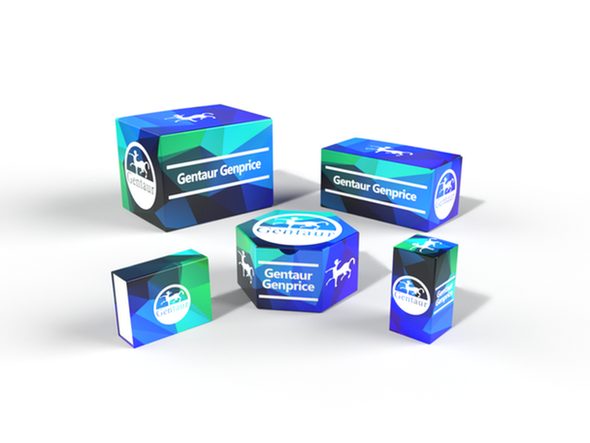Description
CANDIDA ALBICANS ANTIGEN
Candida albicans antigen consists of cytoplasmic and cell wall components. It has been manufactured for use in immunoassay development and other research applications.
PRODUCT DETAILS – CANDIDA ALBICANS ANTIGEN
- Candida albicans is grown on solid medium, washed, disrupted and subjected to an extraction process
- The antigen consists of cytoplasmic and cell wall components
- For immunoassay development or other applications
BACKGROUND
Candida albicans is the most prevalent fungal species of the human microbiota and asymptomatically colonizes many areas of the body (gut, vagina, oral mucosa, skin), in particular the gastrointestinal and genitourinary tracts of healthy individuals (Nobile & Johnson, 2015; Da Silva Dantas et al., 2016). One of main reasons C. albicans is such a successful pathogen is its adaptability, being able to thrive in such different host conditions (Da Silva Dantas et al., 2016). C. albicans is present in a benign form in the oral cavity of up to 75% of the population. However, mildly immunocompromised individuals can suffer from frequent infections of the oral cavity. Additionally, it is estimated that ~75% of all women suffer at least once in their lifetime from vulvovaginal candidiasis (VVC), with 40–50% experiencing at least one additional episode of infection. Predisposing factors for VVC include diabetes mellitus, use of antibiotics, oral contraception, pregnancy and hormone therapy (Mayer et al., 2013). Both of these conditions are non-lethal. However, systemic candidiasis is associated with a high crude mortality rate. Both neutropenia and damage of the gastrointestinal mucosa are risk factors for the development of experimental systemic (disseminated) candidiasis via central venous catheters, which allow direct access of the fungus to the bloodstream, the application of broad-spectrum antibacterials, which enable fungal overgrowth, and trauma or gastrointestinal surgery, which disrupts mucosal barriers (Mayer et al., 2013). Candidiasis is one of the most frequent hospital acquired infections worldwide with high financial burden on health services. Approximately 60,000 cases of systemic candidiasis are recorded each year in the USA alone with a cost between $2-4 billion (Da Silva Dantas et al., 2016).
REFERENCES
- Da Silva Dantas A, Lee KK, Raziunaite I, et al. Cell biology of Candida albicans-host interactions. Curr Opin Microbiol. 2016;34:111‐118.
- Mayer FL, Wilson D, Hube B. Candida albicans pathogenicity mechanisms. Virulence. 2013;4(2):119‐128.
- Nobile CJ, Johnson AD. Candida albicans Biofilms and Human Disease. Annu Rev Microbiol. 2015;69:71‐92.










